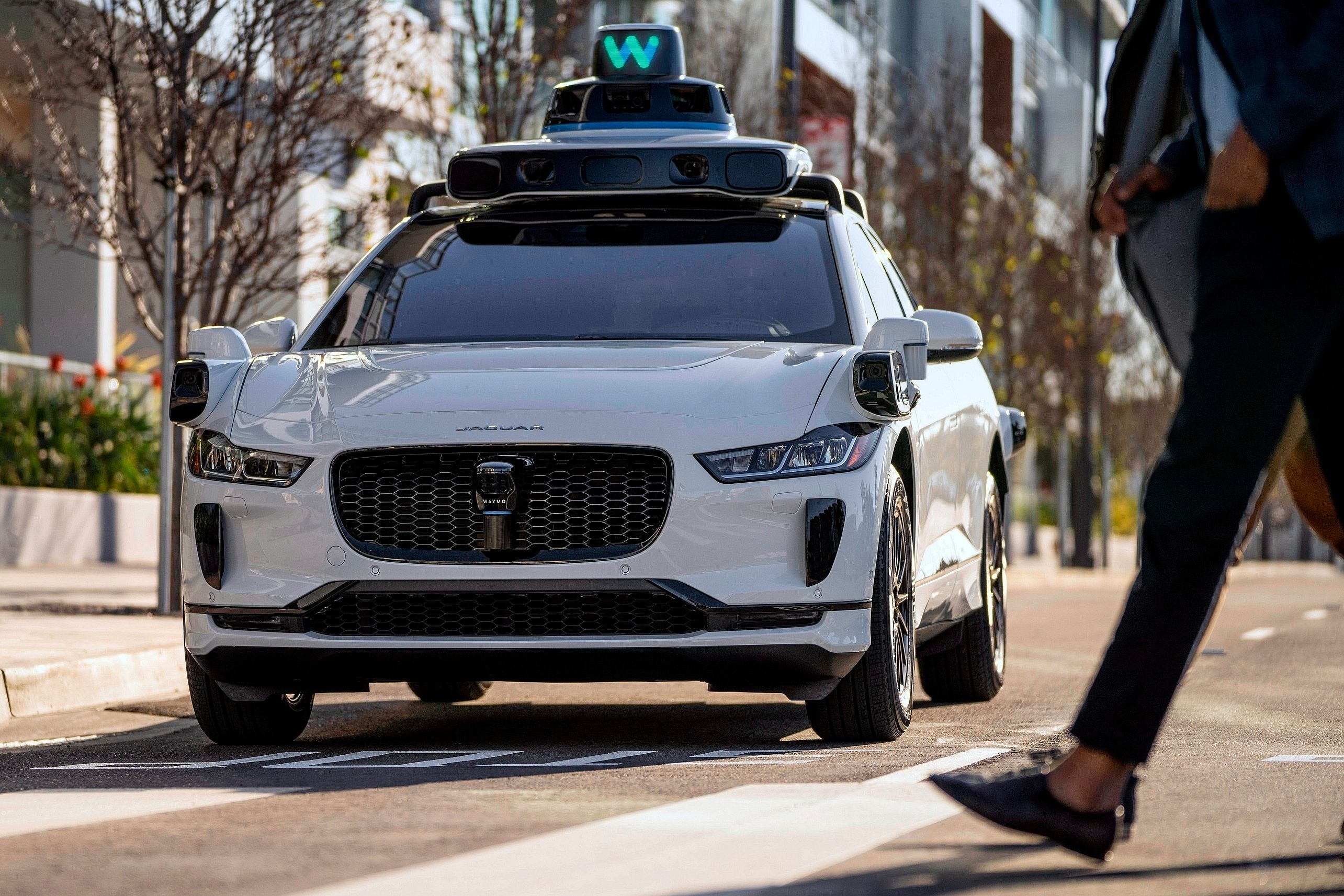General Motors’ Cruise has stumbled in the race to self-driving cars, but public testing of autonomous cars has resumed, at last.
Key Takeaways
- Cruise resumes self-driving technology testing in Phoenix, Arizona, for the first time since October.
- Human backups aim to prevent serious incidents.
- Testing progress may lead to safer self-driving tech, but it is still far from perfect for public release.
- Legislation in California aims to penalize self-driving cars for traffic violations.
Cruise, the self-driving subsidiary owned by General Motors, has restarted testing of its self-driving technology on public roads for the first time since October. That’s when Californian regulators suspended operator permits following several crashes and traffic incidents, one of which involved dragging a struck pedestrian down the road. At the time, robotaxi testing focused on the San Francisco area, but the new round of testing starts in Phoenix, Arizona, with plans for expansion around the city to be realized gradually. This will only be permitted once predetermined safety benchmarks are met (or exceeded), hopefully preventing repeats of the incidents that have taken place in other areas. As an extra layer of safety (and one that should arguably always be there until the tech is perfected), human drivers will evaluate the cars from behind the wheel to prevent serious traffic incidents.
“We have procedures in place to ensure our AVs [autonomous vehicles] are appropriately maintained and that new software is thoroughly tested and validated through a measured release process prior to deploying the fleet.”
Robotaxi Services Remain Suspended
Although this news marks progress in Cruise’s efforts to bring self-driving technology forward, progress that is hoped to someday pay dividends in the cars you and I drive, it is still a long way from perfection. GM does not want to take any risks by resuming its robotaxi services before the abovementioned validations are achieved. Although Cruise will operate these vehicles with a human backup, public perception of the technology is so bad that British Columbia has banned any Level 3+ driver assistance systems from being operated on its roads.

Add CarBuzz to your Google News feed.
Here in America, legislation is progressing to penalize self-driving cars for traffic violations in California. This may seem silly, but irate residents of places like San Francisco want companies to be responsible for the infringements they commit. It is hoped that penalties will further motivate developers of self-driving technology to ensure their cars are only released into the public domain when it is truly safe to do so.

Related
Self-Driving Waymo Can’t Avoid Crashing Into Cyclist
The cyclist reportedly had minor injuries and was not transported to the hospital.
Autonomous Driving Technology Has Several Challenges
Although Cruise has faced the brunt of the backlash, even Waymo, which has been involved in far fewer incidents, is not immune. Even Tesla, with years of data and experience, is being probed by the feds for misleading customers and investors about the true capabilities of its so-called Full Self-Driving supervised driver assistance technology. And off public roads, pioneers of autonomous motorsport are finding that the tech is still fraught with issues. While all of this indicates that it will be several years before true self-driving cars reach the roads en masse, the news that Cruise has resumed testing (albeit with human backups) is a key step in making the autonomous driving dream a reality.
#Cruise #Robotaxis #Return #Public #Streets #Human #Backups



